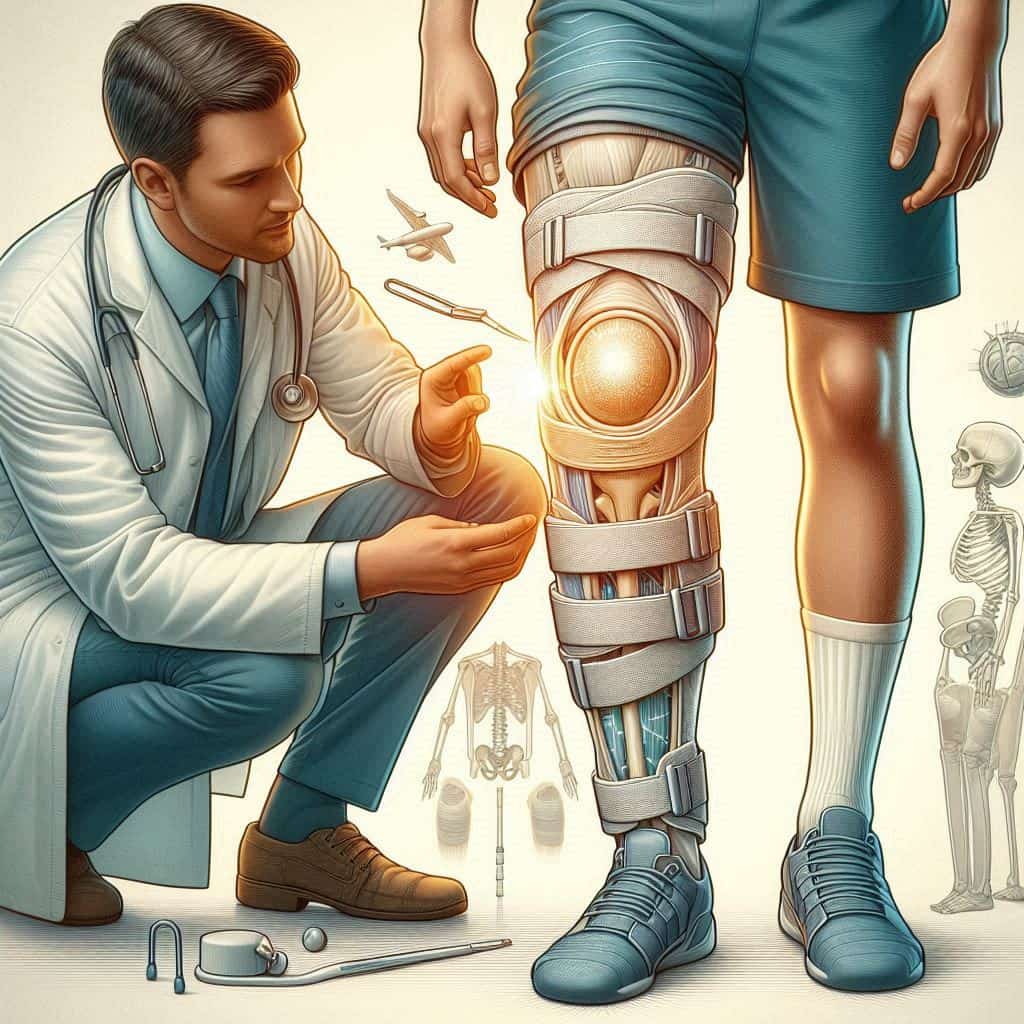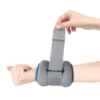-
Weight Cuff ₹979.00 QTY: 1
Mobility Aids
Mobility Aids are tools and devices that help people move around more easily. They are essential for individuals who have trouble walking or moving due to age, injury, or disability. Mobility aids can improve the quality of life by providing independence and reducing the need for assistance from others. There are many different types of mobility aids, each designed to meet specific needs.
One of the most common mobility aids is the cane. Canes provide support and balance for people who have mild difficulty walking. They are lightweight and easy to use, making them a popular choice for many. Canes come in various styles, including single-point canes, which have one tip, and quad canes, which have four tips for added stability. Using a cane can help prevent falls and make walking more comfortable.
Walkers are another type of mobility aid that offers more support than canes. They have a frame that surrounds the user, providing stable support on all sides. Walkers are ideal for people who need more assistance with balance and weight-bearing. Some walkers have wheels on the front legs, making them easier to push forward. Others come with seats, allowing the user to sit and rest when needed. Walkers can be adjusted to the user’s height, ensuring a comfortable and safe fit.
For individuals who require even more support, rollators are an excellent option. Rollators are similar to walkers but come with four wheels, making them easier to maneuver. They often include hand brakes for added safety and a built-in seat for resting. Rollators also typically have storage compartments for carrying personal items. This makes them convenient for shopping trips or other outings. Using a rollator can greatly enhance mobility and independence.
Wheelchairs are crucial mobility aids for individuals who cannot walk or have severe difficulty walking. There are two main types of wheelchairs: manual and electric. Manual wheelchairs require the user or a caregiver to push the chair. They are lightweight and easy to transport. Electric wheelchairs, on the other hand, are powered by batteries and can be controlled with a joystick. This makes them ideal for users who lack the strength to propel a manual wheelchair. Both types of wheelchairs come in various sizes and styles to suit different needs.
Scooters are another mobility aid that provides powered assistance. They are similar to electric wheelchairs but are designed more like a small vehicle. Scooters are great for outdoor use and can travel longer distances. They often have comfortable seats, handlebars for steering, and storage baskets. Scooters can be a fantastic option for individuals who need a reliable and comfortable way to get around their community.
Stair lifts are essential for individuals who have difficulty climbing stairs. These devices are installed on the staircase and consist of a chair or platform that moves up and down the stairs. Stair lifts are powered by electricity and can be operated with a simple control. They provide a safe and easy way to navigate between different levels of a home, reducing the risk of falls and making the entire house accessible.
In addition to these common mobility aids, there are many other devices designed to help with specific mobility challenges. For example, crutches are used to support individuals who have injured one leg. They help take the weight off the injured leg, allowing it to heal while still enabling movement. Knee scooters are another option for individuals with leg injuries. These devices have a padded platform for the injured leg and handlebars for steering, allowing the user to propel themselves with the uninjured leg.
Mobility aids also include home modifications like grab bars and ramps. Grab bars can be installed in bathrooms, hallways, and other areas to provide support and prevent falls. Ramps are essential for individuals using wheelchairs or scooters, allowing them to enter and exit buildings without needing to navigate stairs. These modifications can make a home more accessible and safer for individuals with mobility issues.
Choosing the right mobility aid depends on the individual’s specific needs and abilities. It is important to consult with a healthcare provider or a mobility specialist to determine the best option. Proper fitting and training on how to use the mobility aid are also crucial for safety and effectiveness.
In summary, mobility aids are vital tools that enhance the quality of life for individuals with mobility challenges. From canes and walkers to wheelchairs and scooters, these devices provide support, increase independence, and make daily activities more manageable. Home modifications like grab bars and ramps further improve accessibility and safety. By understanding and utilizing these mobility aids, individuals can enjoy greater freedom and a higher quality of life.


